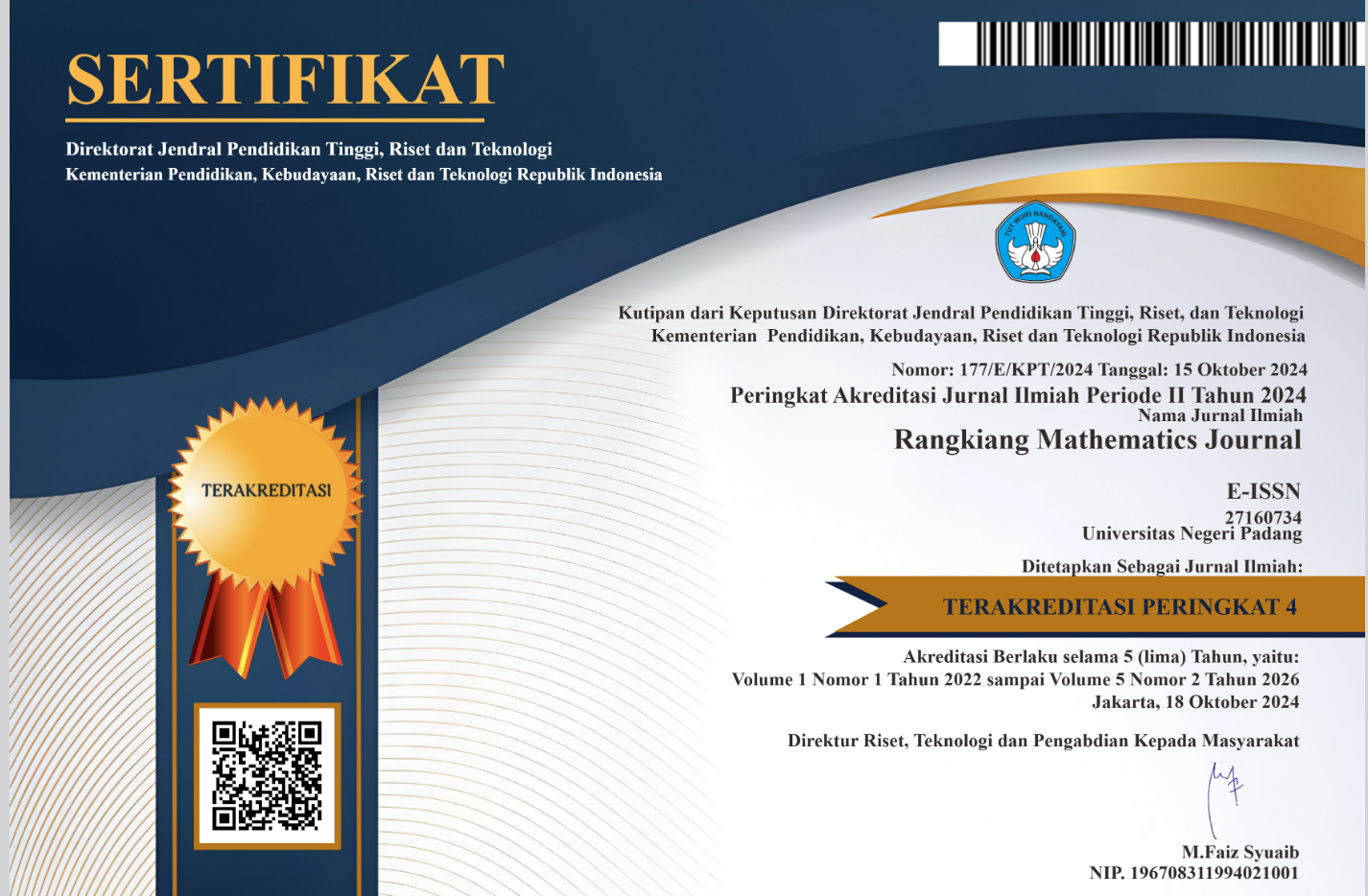Implementation of the Partitioning Around Medoids (PAM) Clustering Method on Poor Population Data in West Sumatera
DOI:
https://doi.org/10.24036/rmj.v2i1.26Keywords:
K-Medoids Clustering, Data Mining, Euclidean DistanceAbstract
The problem of poverty is a complex problem so that it becomes a priority in development in a country. Various efforts have been made such as social assistance programs, but the assistance provided is not always evenly distributed and not on target. Therefore, it is necessary to determine priority handling for the community by grouping data on the poor, especially in the Province of West Sumatra, Indonesia. In this study, an analysis was carried out using all districts/cities in West Sumatra and poverty indicators, namely the percentage of poor people, poverty depth index, poverty severity index, literacy rate, average length of schooling, expected length of schooling, and open unemployment rate. Grouping was carried out using the Partitioning Around Medoids (PAM) method, or better known as the K-Medoids method. The research results obtained 2 poverty level clusters, namely cluster 1 is a high level with 11 districts/cities members, and cluster 2 is a low level with 8 districts/cities members.
















